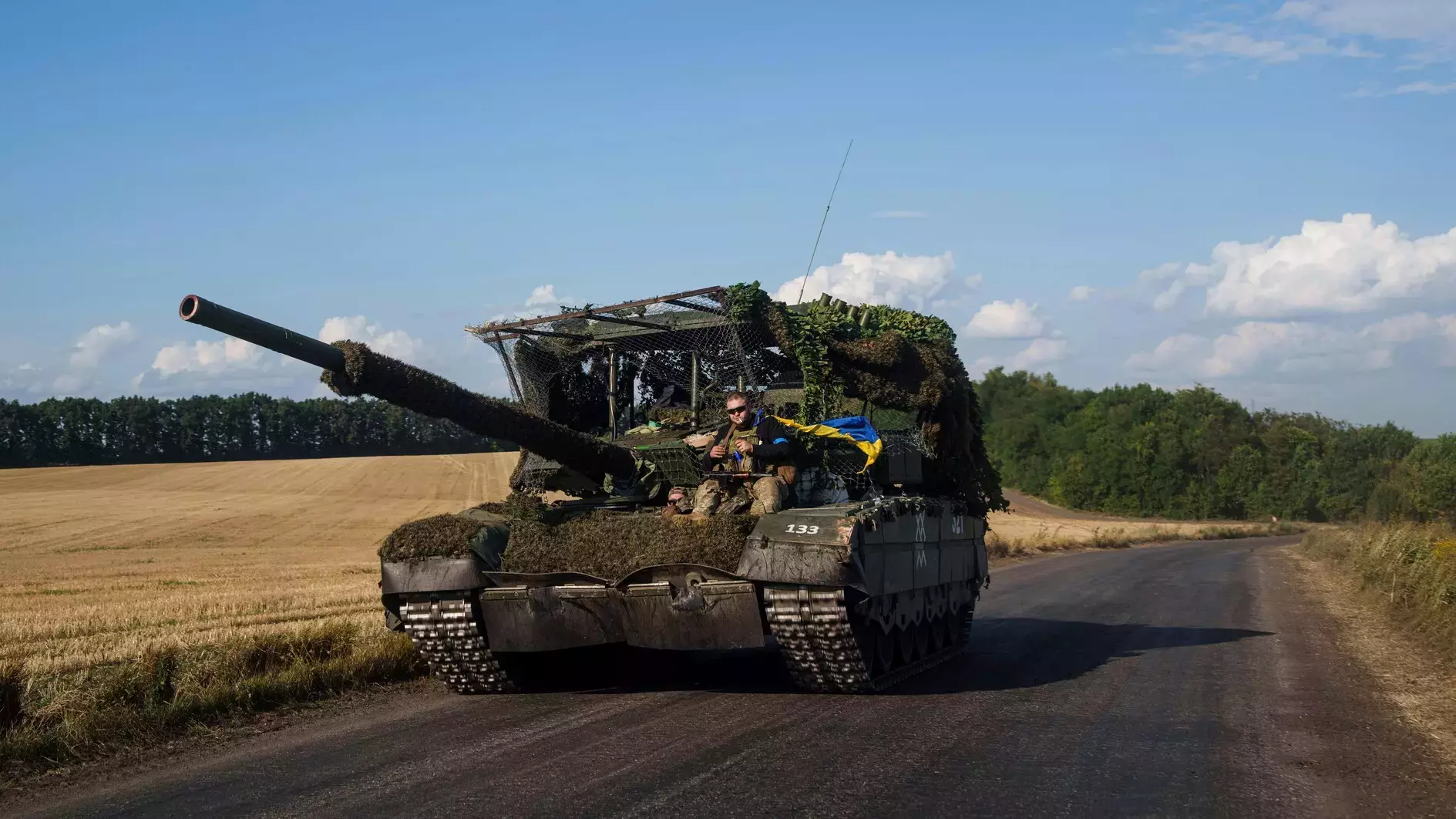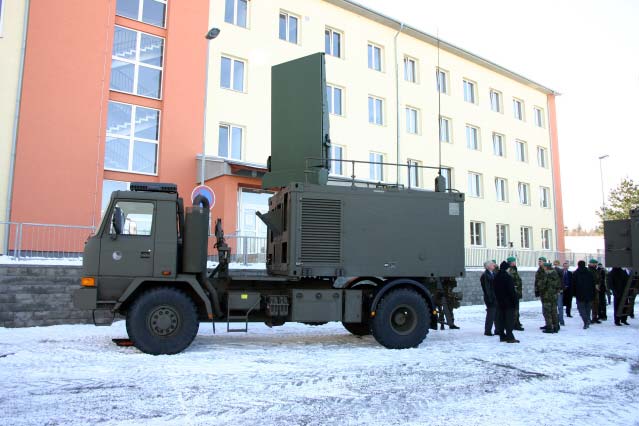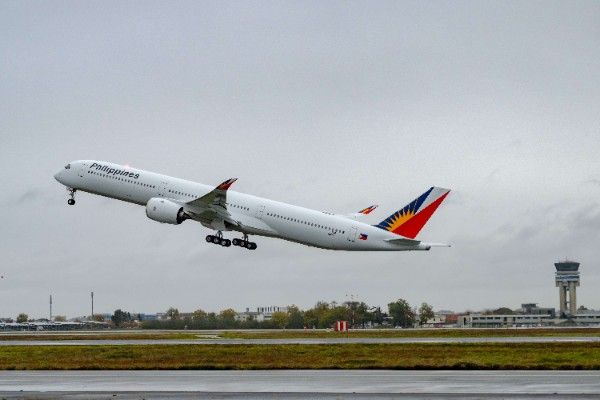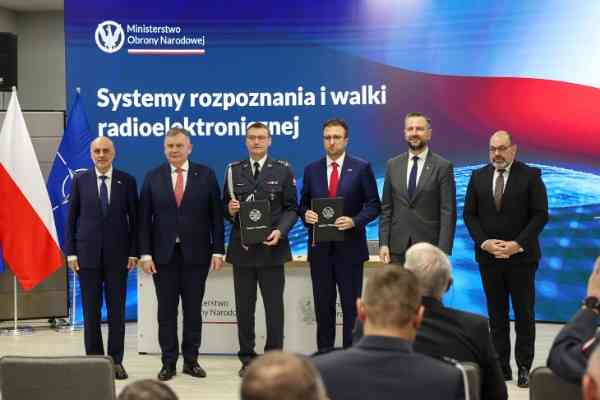The August of 2024 has been marked by significant developments in the Ukrainian war theatre, where geopolitical dynamics and military tactics have become the subject of extensive debate and, for valid reasons, transformation. The “fog of war,” as Clausewitz describes it, remains a significant obstacle not only for military strategists engaged in active combat but also for researchers who seek to theorize conflict patterns and develop plausible forecasts for regional security. Russia’s invasion of Ukraine, which began in 2022, exemplifies this challenge, as disinformation increasingly intertwines with analysis, and “informationized warfare” emerges as a new force element in military engagements. This complicates objective analysis, as biases often infiltrate assessments to a considerable extent.
The recent incursions by Ukrainian forces into Kursk and their seemingly swift capture of territory have surprised observers who have monitored the conflict and its military engagements over the past two years. In this context, several critical questions arise: What is Kyiv’s underlying strategy for the attack on Kursk? Can Ukraine maintain control of Kursk against a potential Russian counteroffensive? What are Ukraine’s objectives? How does this development affect the territorial dynamics of Russian-occupied areas in Ukraine? How will the West interpret this escalation, given that Russian sovereign territory is now directly under attack?
These questions are particularly relevant, especially considering Ukraine’s unsuccessful counteroffensive in the summer of 2023, which failed to secure significant gains in the territories still held by Russia and which has continued its advance toward Kharkiv since May to establish a buffer zone. Currently, Russian strategy is focused on advancing to capture Donbas, with particular emphasis on the strategically vital area of Pokrovsk ( due to logistical vitality to provide supplies in Donbas region) .This poses a significant concern for Kyiv and its Western allies.
For Ukraine, Western aid from the United States and its European allies has been a critical factor in sustaining combat operations against Russia. Since the onset of the war, Ukraine has received military assistance totalling $55.4 billion from the United States alone. The Kiel Institute’s Ukraine Support Tracker database also provides data on the committed and allocated support funds from Western powers. The dataset reveals significant disparities in the distribution of support, particularly from European partners , where the European Union’s aid amounts to €87 billion, with less than 60% of the promised aid delivered or allocated for disbursement.
From Kyiv’s perspective, it is crucial that aid inflows, including funding, sophisticated equipment, and kinetic support, are not only maintained but increased. This necessity underscores the importance for Ukraine to demonstrate its battle readiness or at least its defensive capabilities against the numerically superior Russian forces. For Western nations, the pressing question concerns the long-term viability of continued support for Ukraine. They must consider whether such support can effectively contain Russia or if alternative conflict management strategies should be explored to prevent the conflict from extending beyond Ukraine.
European states, which have varying degrees of dependency on Russia, particularly in the energy sector, find themselves in a precarious position. Increasing support to Ukraine could provoke more aggressive actions from Russia. In this context, if Russia gains the upper hand or achieves victory, it could coerce European powers into compliance or alter the nature of collective security persisting in Europe . On the other hand, if European nations reduce aid to Ukraine, it might lead to Ukraine’s capitulation and embolden Russia to threaten Europe more directly, potentially creating a military threat for NATO members. . This idea stems from long history of European conflicts where appeasement or restraint emboldened assertive states that proceeded with territorial acquisitions through force.
To assert their relevance and avoid a peace settlement favourable for the Kremlin, the Ukrainian leadership may find it strategically advantageous to regain the international focus they enjoyed before the Gaza conflict erupted in October last year. As Russia advances in Donbas, Kyiv’s offensive in Kursk appears to serve several objectives: forcing Russia to redirect units from Donbas to defend Kursk, boosting Ukrainian morale, securing a psychological victory by capturing Russian territory with minimal resistance due to the limited number of Russian defenders, or perhaps executing an ad hoc tactical maneuver without a fully developed plan for subsequent actions. The lack of clarity surrounding Ukraine’s intentions in Kursk is evident even in Western capitals. This uncertainty is reflected in the statement by a Pentagon spokesperson, who noted, “We are still working with Ukraine on how that fits into their strategic objectives on the battlefield itself.”
Turning to the question of what comes next: Can Ukraine retain control of Kursk and potentially use it as leverage in future negotiations with Russia? The attack on Kursk marks a significant escalation in the conflict. An assault on mainland Russia is likely to provoke a strong response from President Putin, second only to Ukraine’s previous use of long-range weapons to strike targets within Russian territory. As of now, the Kremlin has not redeployed any major units from Donbas to address the situation in Kursk. On August 23, The New York Times reported that, according to assessments by unidentified U.S. officials, Russia likely requires 15 to 20 brigades, or at least 50,000 troops, to effectively expel Ukrainian forces from the Kursk Oblast. Russia’s reluctance to shift its focus to Kursk may indicate a strategic calculation, which could frustrate Kyiv’s tactical expectation of alleviating pressure on its defenders in Donbas.
On the tactical front, Ukraine’s incursion was not a large-scale joint strike operation aimed at overwhelming the defender’s position. Instead, it was a tactical maneuver exploiting gaps in Russian force positioning along the border. Ukraine’s initial advance is being viewed as a success. However, with a limited force that is increasingly dispersed and unable to secure Russian territory beyond a certain threshold in the Kursk region due to robust Russian defense systems, Ukraine may soon find itself in a catch-22 situation. Dispersed forces are inherently weaker compared to concentrated formations and are vulnerable due to extended supply lines and a lack of advanced weapon systems that typically support larger military columns. If Russia launches a counteroffensive, it could potentially push back Ukrainian forces due to the significant military asymmetry in terms of numbers, equipment, and firepower, where Russia holds a clear advantage.
The Kursk attack may have temporarily weakened Russia’s territorial defense, but it has also faced ongoing strikes from Ukraine using Western-supplied long-range munitions. While this operation could resonate with nationalist sentiments, it presents a double-edged sword. If Russia successfully reclaims its lost territory, it would not only bolster President Putin’s standing but also deride Ukrainian morale and temper the hawkish attitudes prevalent in Western capitals, rendering Ukraine’s gains short-lived. For Russia, advancing in the Donbas region appears to take precedence over fully neutralizing Ukrainian forces in Kursk. Russia seems intent on containing Ukrainian forces in Kursk to a manageable level until it can redirect reserve manpower to retake the area. If Ukraine can maintain its hold on Kursk for several months or at least until after the U.S. elections, it could enhance its international image and encourage its Western allies to solidify their aid commitments. Remaining in the global media spotlight and sustaining international attention would also make Ukraine a focal point in the upcoming U.S. Presidential debates and political commentary.
A territorial exchange settlement appears unlikely, as the territory Russia has captured is significantly larger than what Ukraine has seized in Kursk. The leverage that Kyiv anticipated from this move may not be as substantial as initially thought. To illustrate, reports have estimated that the contested area in Kursk extends 28 kilometers (17 miles) deep and 56 kilometers (35 miles) wide. In contrast, since the war began on February 24, 2022, Russia has occupied 65,336 square kilometers of Ukrainian territory, representing nearly 12 percent of Ukraine’s total land area, excluding the Crimean Peninsula, which Moscow annexed in 2014.
Ukraine’s maneuver in Kursk has disrupted secret negotiations that were reportedly taking place in Qatar. Such diplomatic impasses have been recurrent due to the trust deficit between Kyiv and the Kremlin, dating back to Russia’s annexation of Crimea in 2014. This development also creates a dilemma for the West, which must soon reevaluate its options. The divide within the Western domestic environment over support for Ukraine results in trade-offs between economic development and renewed defense spending.
The coming weeks will be critical as Ukraine has once again captured global attention, either by calculated design or out of desperation. For Russia, this situation is a matter of prestige, marking the second instance since World War II that its territory has come under enemy control. Although this development does not currently alter Russia’s broader equation in Ukraine, it is a potential flashpoint, especially given that the equipment and tactical advisory being provided to Ukraine are Western, with instances of direct Western involvement (e.g., using HIMARS to target Russian positions in Kursk). This situation could lead to brinkmanship by either side, where miscalculations could severely compromise regional peace.

Table of Contents
ToggleHammad Waleed
Hammad Waleed is a Research Associate at Strategic Vision Institute, Islamabad. He graduated with distinction from National Defence University, Pakistan. He writes on issues pertaining National Security, Conflict Analysis, Strategic forecast, and Public Policy. He can be reached at hammadwaleed82@gmail.com.















